Nightmare Alley/1947/Twentieth Century Fox/110 min.
There’s a fateful moment in the beautifully lit “Nightmare Alley” in which cinematographer Lee Garmes creates a latticework of light, with neat bands of shadow slicing the room to bits. Performer/con artist Stan Carlisle (Tyrone Power) is at the height of his success, having built himself up from nothing, but he’s about to get trapped by a soigné spider woman who’s far sharper and more ruthless than he.
Stan is handsome, charismatic and ambitious, a born player. He hones his craft by working in a seedy carnival and taking what he can from his fellow performers. He cozies up to Zeena (Joan Blondell), a matronly “mentalist” who’s seen better days, angling to get her secret code designed for a mindreader and an assistant.
Her former co-star and now-alcoholic husband Pete (Ian Keith) opposes the idea, but Zeena relents after Pete dies from drinking wood alcohol.
Helping Stan learn the code is Molly (Coleen Gray), easy on the eyes, eager to please and smitten with him. Zeena and Bruno the strong-man (Mike Mazurki) push Stan to marry Molly; the newlyweds form an act and leave the carnival for Chicago.
At the upscale Spode Room, Stan does a reading for cooly elegant Lilith Ritter (Helen Walker), a psychologist with a roster of wealthy clients. He senses that, despite her diploma and pedigree, Lilith is a player just like he is. (Maybe it’s her slightly mannish outfits that tip him off.)
Together they see a way to cheat Lilith’s clients and rake in hundreds of thousands in cash as Stan morphs into a spiritual healer. The still-devoted Molly does her best to stand by him.
But Stan can’t compete with Lilith’s level of deception and treachery. The trap evoked in Lilith’s office by the latticework shadow is now real. Starting with a bottle of gin in a dingy hotel room, Stan begins to self-destruct.
Based on a novel by William Lindsay Gresham (Jules Furthman wrote the script) and directed by Edmund Goulding, this is an incredibly sophisticated and well made film, though it fared poorly at the box office. It may have been easy for viewers to dismiss as strange or sordid because Power plays an anti-hero and Goulding refuses to shy away from showing alcoholism and addiction.
The film revels in ambiguity and mystery, exploring questions of morality and spirituality, particularly when we see Stan layer his act with a preacher’s rhetoric, masking his cynicism and contempt for his faithful believers.
“Nightmare Alley” owes its existence and budget (this is not a B movie) to its leading man and his clout at Twentieth Century Fox. Hugely popular for his swashbuckler and romantic heroes, Tyrone Power was one of Fox’s top stars in the mid 1940s. Coming from a family of stage actors (his heritage was Irish and French), he craved more challenging projects and roles. In 1946, Power and Goulding made “The Razor’s Edge,” based on the W. Somerset Maugham novel.
Goulding, of “Grand Hotel” fame, was known as a women’s director and for throwing lavishly wild Hollywood parties. He gets outstanding work from the “Nightmare Alley” cast with Power giving subtlety and depth to a dark, complicated character. His performance as the unrepentant hustler likely helped pave the way for 1970s anti-heroes such as Jon Voight and Dustin Hoffman in “Midnight Cowboy.”
Power’s popularity and success continued, and he had another noir role in 1957’s “Witness for the Prosecution” by Billy Wilder. Sadly, it was the last film he completed. While filming “Solomon and Sheba” in Madrid, Power, 44, died from a heart attack on Nov. 15, 1958. Handsome opportunist Stan Carlisle in “Nightmare Alley” remains one of his greatest achievements.
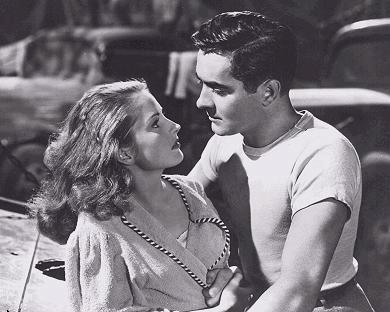
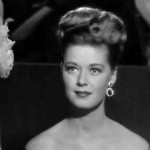
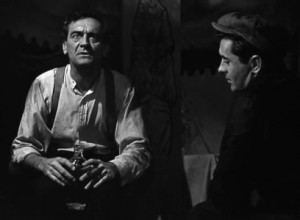





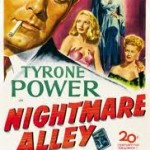
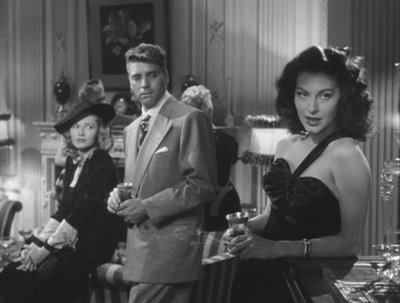
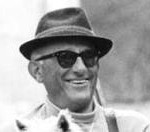
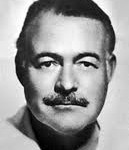
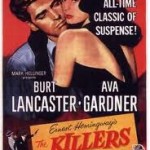
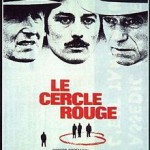
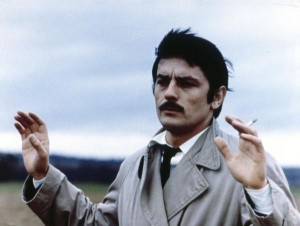
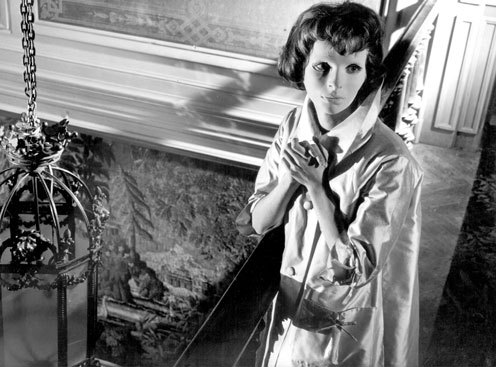
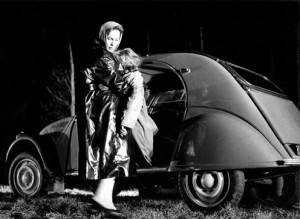
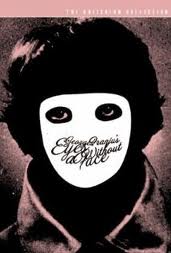
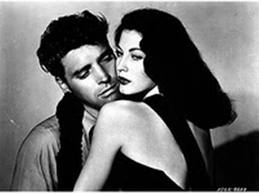
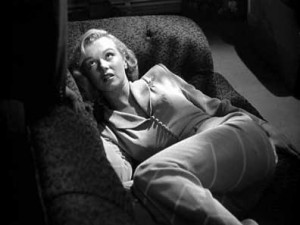
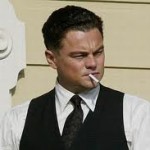
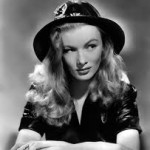






From FNB readers